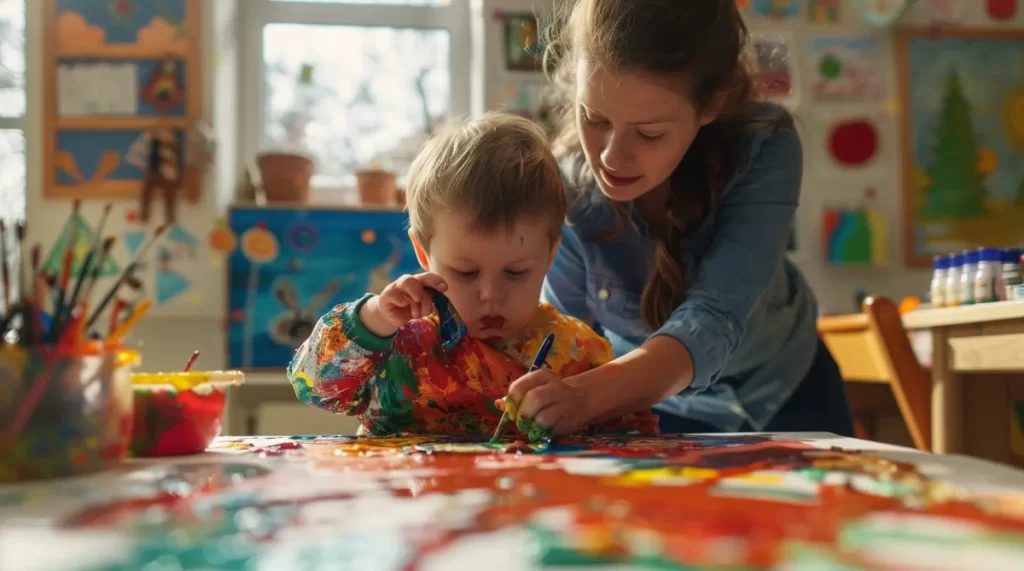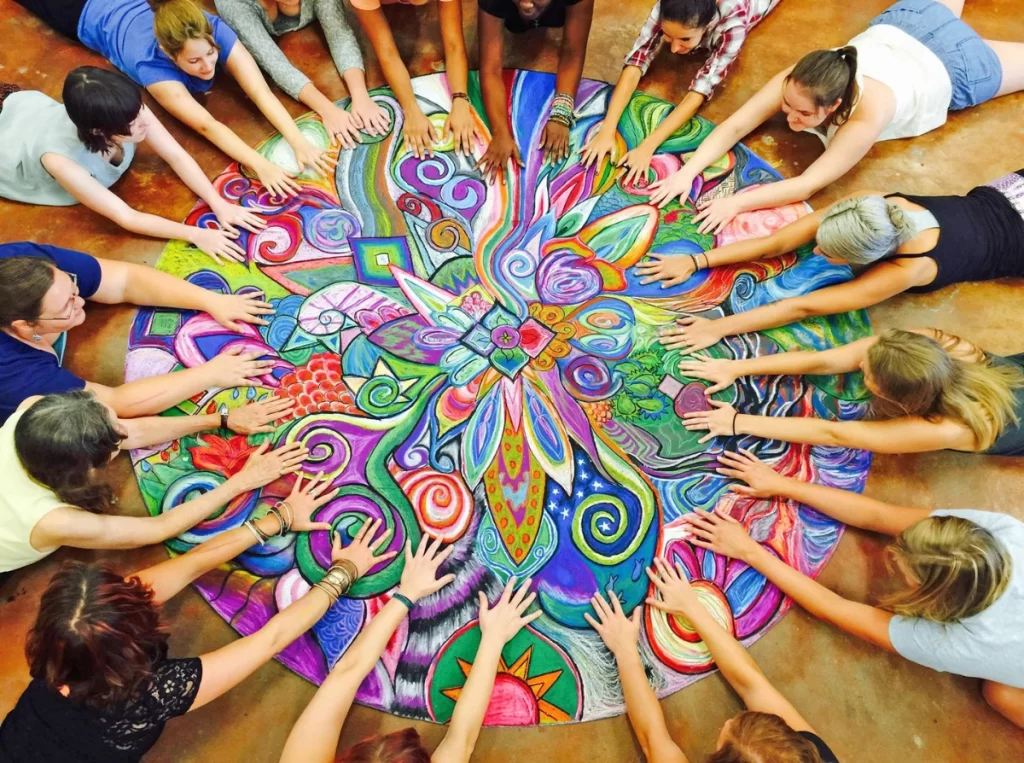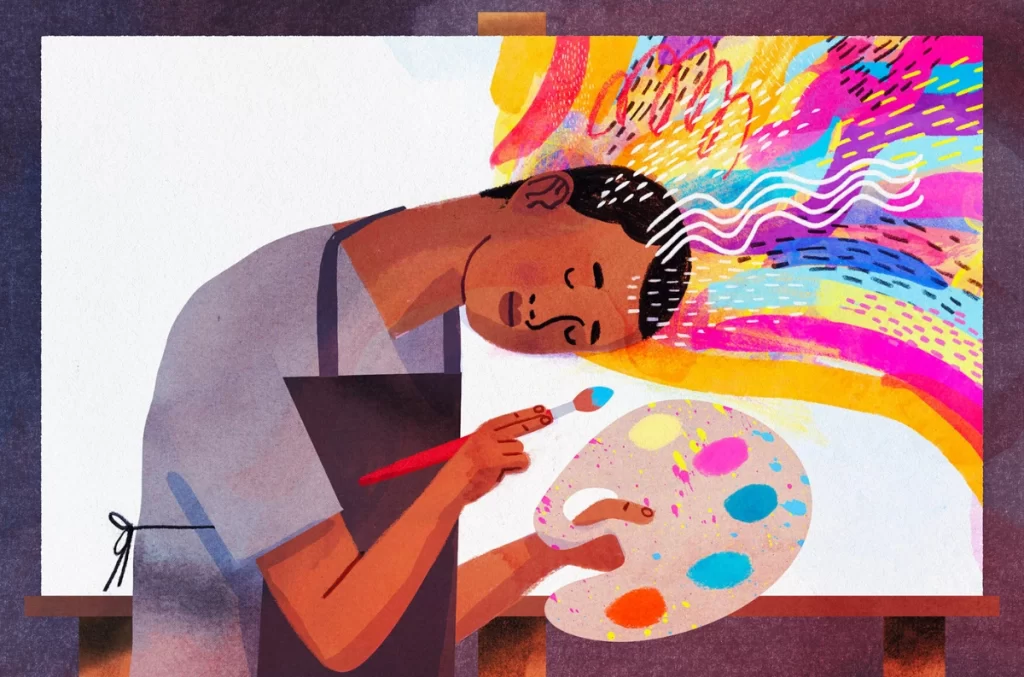How Art Therapy Alleviates Non-Communicable Diseases
Non-communicable diseases (NCDs), including heart disease, cancer, diabetes, and respiratory conditions, present a global health challenge. While traditional medical treatments are essential, there’s growing recognition of the role complementary therapies can play in improving patients’ well-being. Art therapy techniques, for one, are a creative and expressive form of therapy and have shown promise in alleviating the impact of NCDs and enhancing overall quality of life.
Art Therapy Techniques and Benefits
Art therapy techniques involve using various artistic mediums to help individuals explore and process their thoughts, emotions, and experiences. It promotes self-expression, self-reflection, and personal growth. When applied to managing NCDs, art therapy offers a unique avenue for patients to cope with the challenges they face. Let’s talk about some of the benefits of art therapy.
1. Stress Reduction Through Art
Living with a chronic illness often leads to increased stress and anxiety. Art therapy for adults and kids provides a non-verbal way for individuals to express their emotions, reducing stress levels. Creating art activates the parasympathetic nervous system, promoting relaxation and countering the effects of stress on the body, ultimately improving well-being.

2. Emotional Well-Being and Healing
Chronic illnesses bring forth a range of emotions. Art therapy for kids helps them explore and process these feelings, facilitating emotional healing and resilience. Creating art becomes a cathartic release, resulting in improved mental health and a more positive outlook on life despite the challenges.

3. Self-awareness and Empowered Decision-Making
Art therapy techniques allow patients to visually represent their understanding of their disease, leading to enhanced self-awareness. This insight empowers individuals to make informed decisions regarding lifestyle choices, treatment plans, and adherence to recommended behaviours. Improved self-awareness contributes to better disease management and health outcomes.

4. Building a Supportive Community
Another one of the benefits of art therapy is community and social support for NCD patients. Connecting with others facing similar challenges fosters a sense of belonging and reduces feelings of isolation. The collective creative environment provides a supportive space where individuals feel understood and appreciated, positively impacting their well-being.

5. Collaboration for Holistic Care
Incorporating art therapy techniques into NCD management requires collaboration between healthcare professionals and art therapists. Healthcare providers can refer patients to qualified art therapists, ensuring holistic and comprehensive care that addresses physical, emotional, and social needs.

Art Therapy for Kids and Adults
Art therapy techniques are a valuable addition to NCD management, offering emotional release, stress reduction, enhanced emotional well-being, self-awareness, and a sense of community and support. Healthcare professionals can provide a more holistic approach by embracing complementary therapies like art therapy, ultimately improving the well-being and quality of life of individuals living with NCDs.
Image Courtesy – Pinot’s Palette





